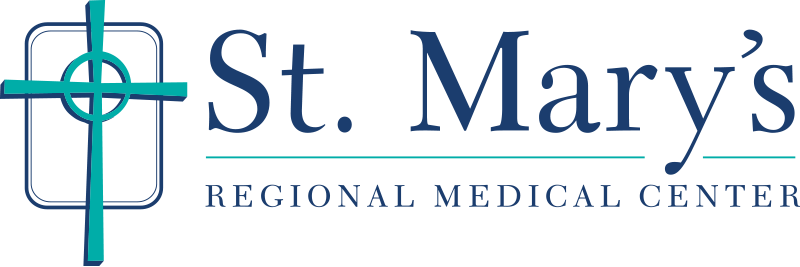Treating Lymphedema
Lymphedema is an abnormal accumulation of protein-rich fluid in the tissues that causes swelling due to an obstruction of the lymphatic system. Lymphedema is more commonly found in the arms and legs but can also affect the trunk, neck, chest and genitalia. Onset is gradual in some patients and sudden in others.
There are two types: primary and secondary lymphedema. Primary lymphedema is also known as congenital lymphedema. This condition may be present at birth but more often develops later in puberty. The more common type is secondary lymphedema, which results from surgery or radiation for cancer, infection, trauma, malignant tumors and chronic venous insufficiency.
Signs and symptoms of lymphedema may include:
- Feeling of fullness or heaviness of the affected arm or leg
- Swelling on part or the entire arm or leg, including the fingers or toes
- Aching or discomfort in the arm or leg
- Skin changes (tightness, thickened, hardened)
- Tight fitting of the affected arm or leg into clothing
At St. Mary’s Regional Medical Center, we provide education and treatment for lymphedema through Complete Decongestive Therapy (CDT), consisting of the following:
Manual Lymphatic Drainage (MLD)
This is a gentle manual technique designed to affect the fluid and superficial lymphatic components to reroute fluid from the blocked areas and increase fluid intake into the lymphatic system.
Compression Therapy
This component of CDT is achieved through application of multi-layer compression bandages or wearing a compression garment to prevent reaccumulation of fluid and improve venous and lymphatic return.
Remedial exercises are performed with compression bandages or a compression garment worn on the affected limb. These exercises help to increase lymphatic fluid return to the circulatory system. Meticulous skin and nail care can help minimize the risk of infection or exacerbation of lymphedema.
